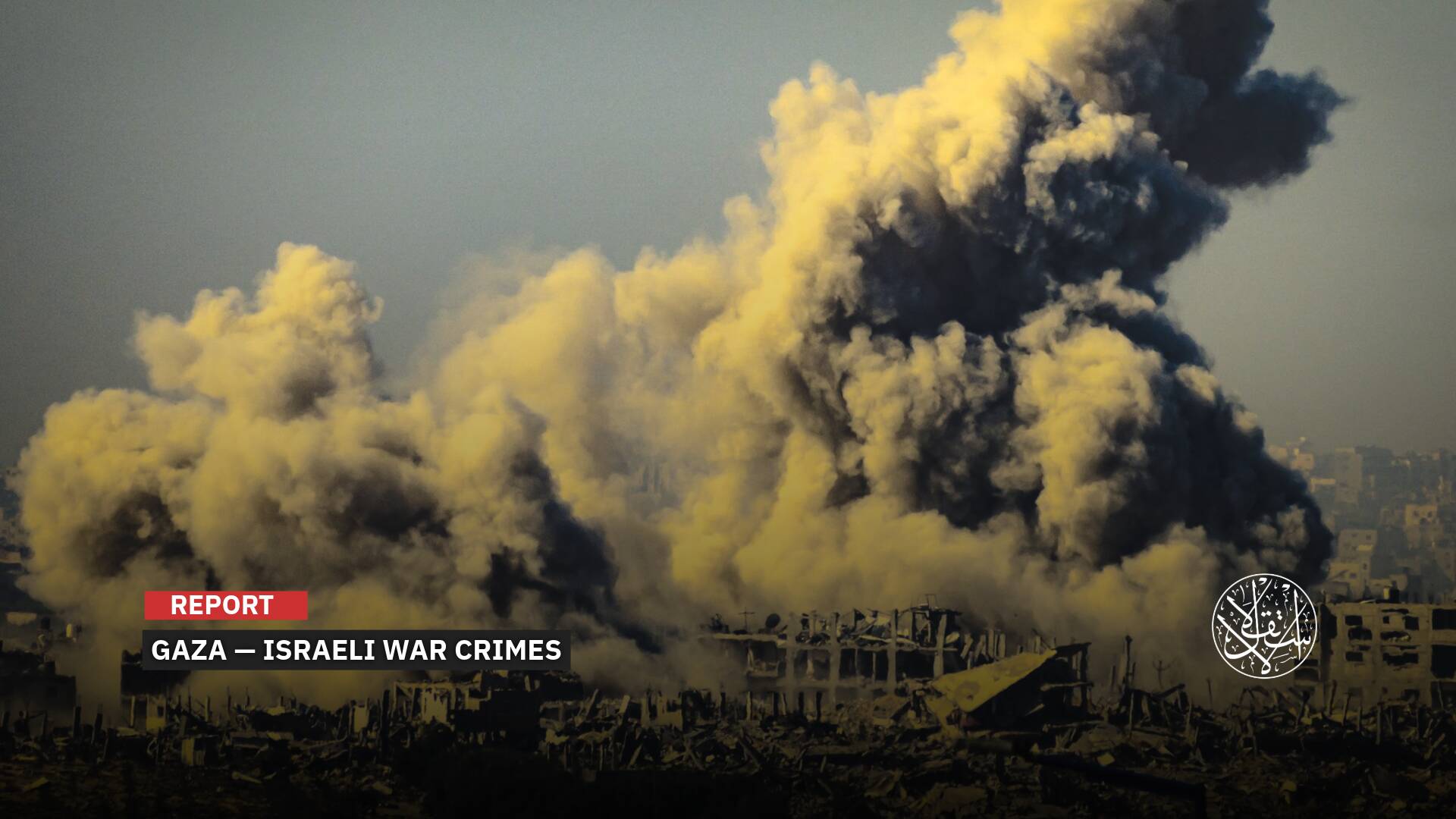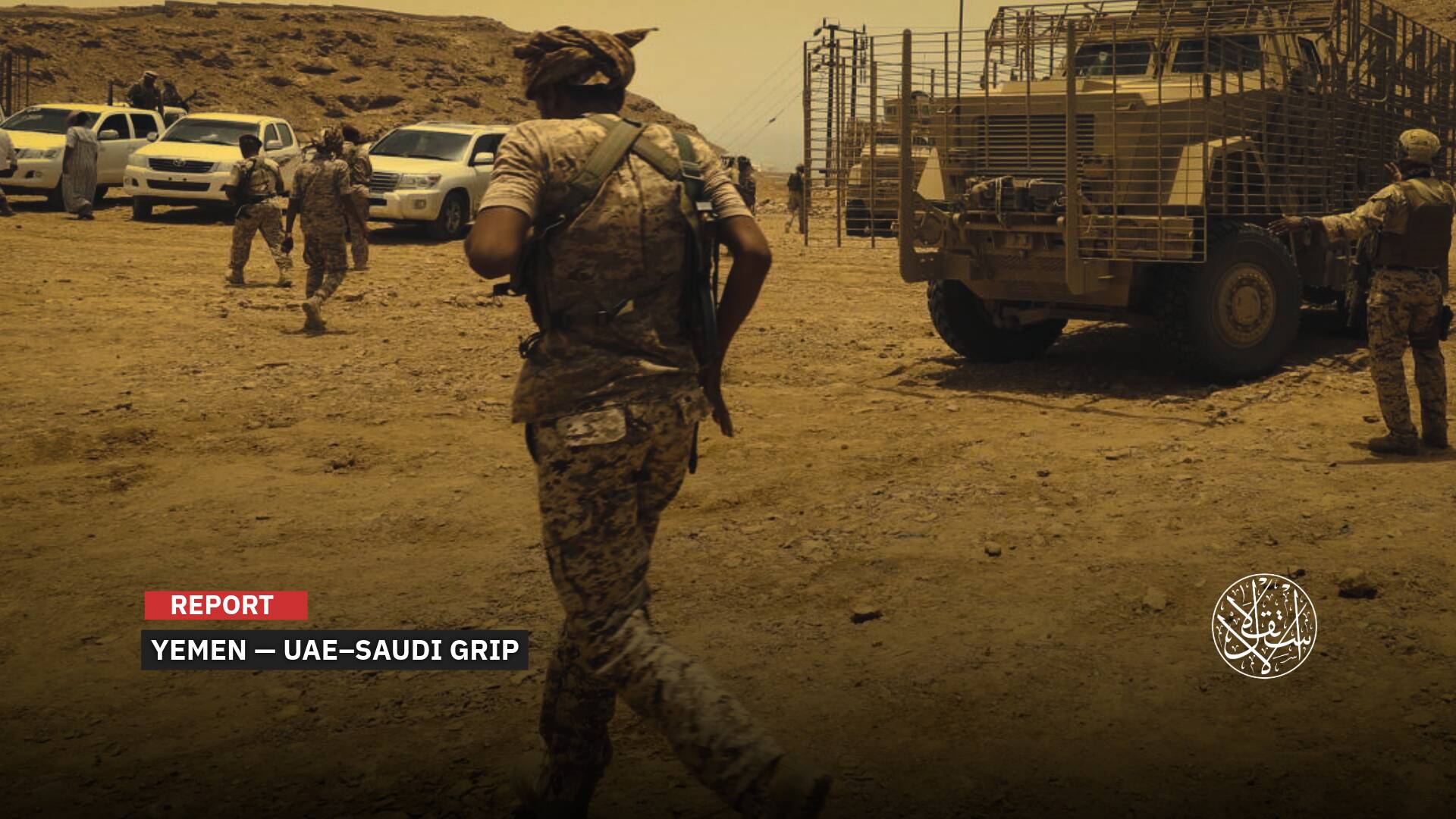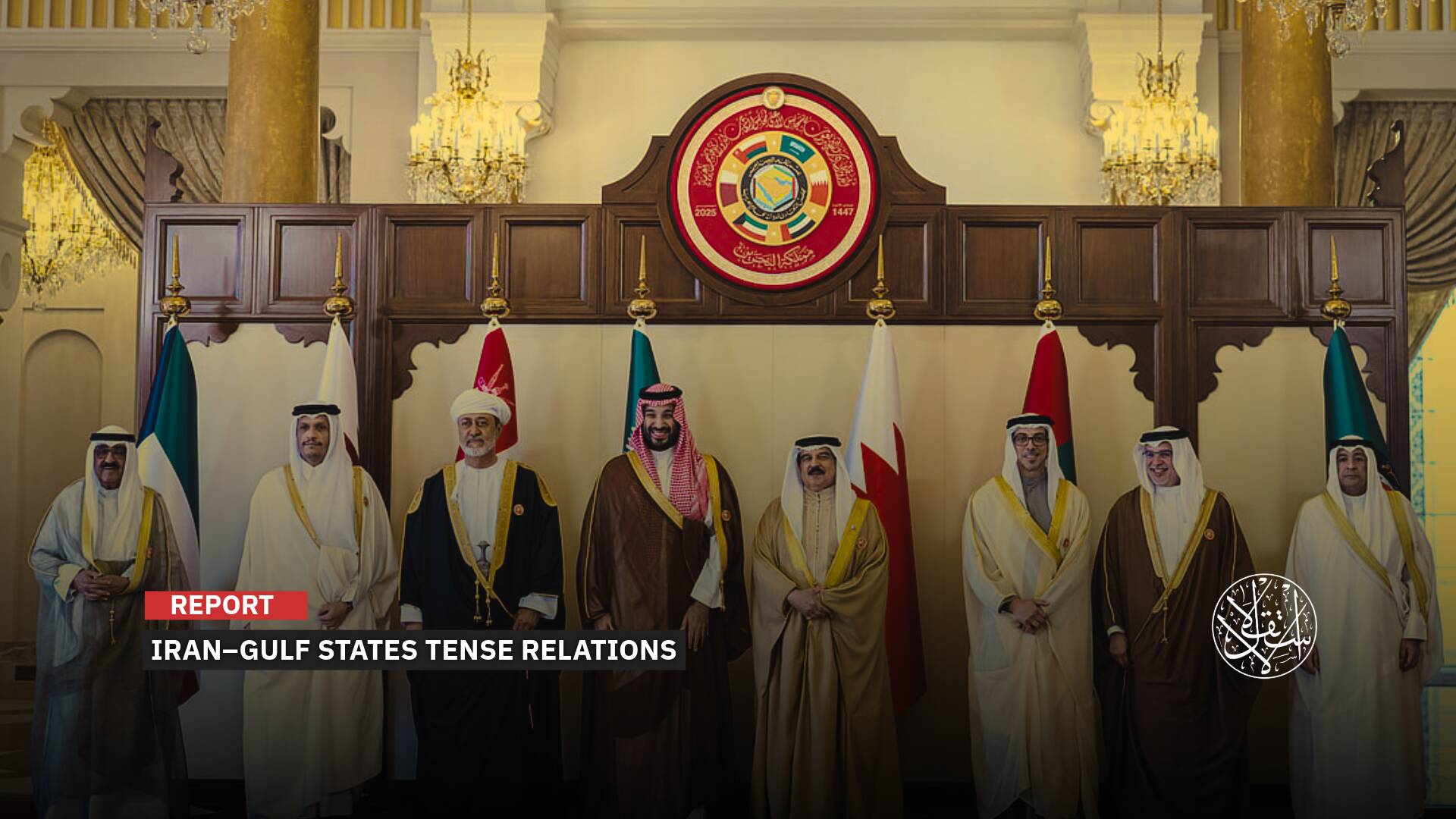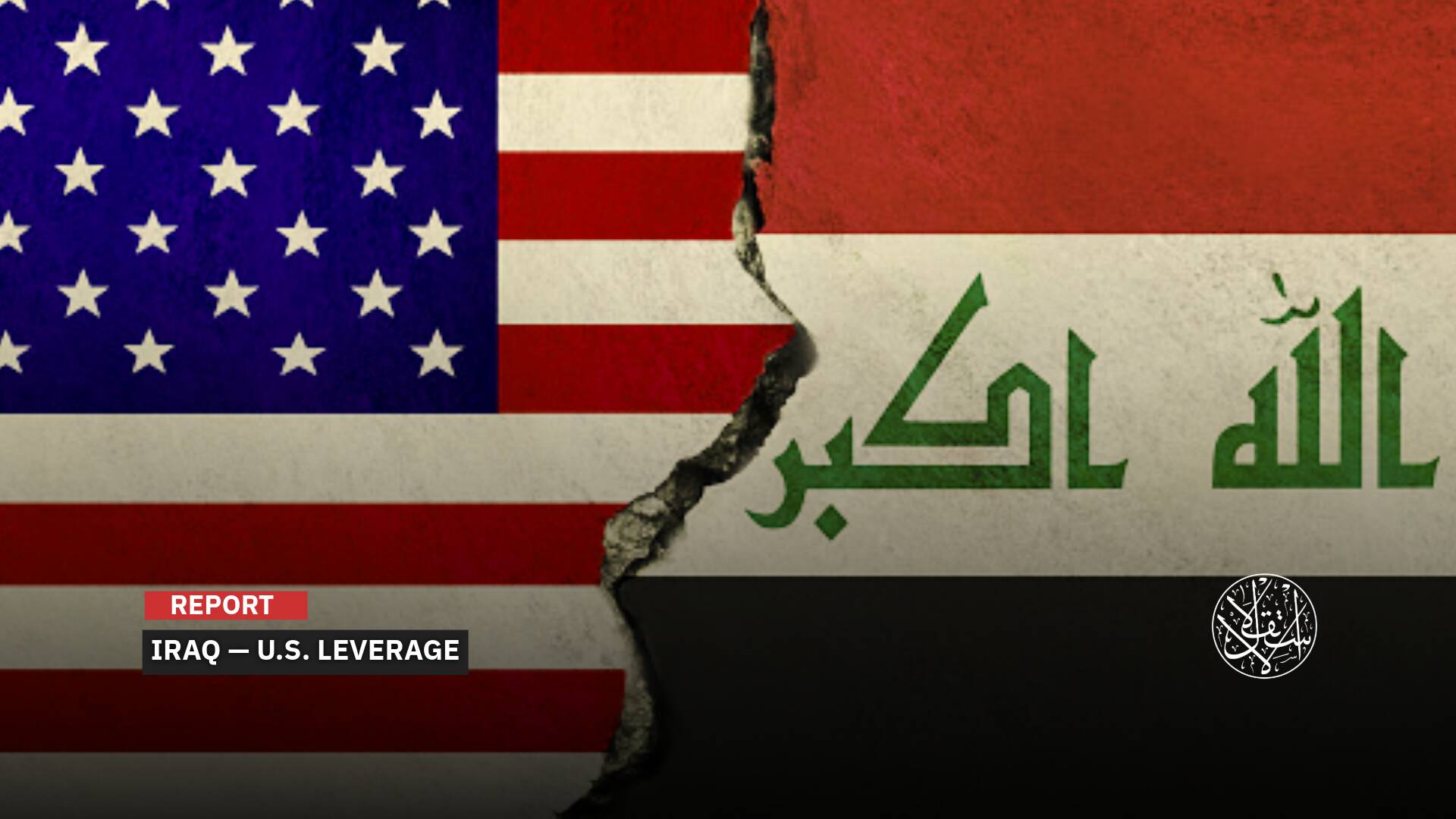Unprecedented Twist: How Yemen's Houthis Brought Down America's Top Drones

The total cost of the U.S. offensive against the Houthis has neared $1 billion in under three weeks.
In a groundbreaking development, U.S. authorities have confirmed the loss of seven MQ-9 Reaper drones to Yemen’s Houthi group, marking a significant shift in the course of the “American military campaign.”
On April 29, 2025, the Pentagon announced that over 1,000 targets had been struck across Yemen since the start of its intensified aerial offensive against the Houthis.
Since March 15, the U.S. has launched hundreds of airstrikes on Yemen, leaving hundreds of civilians dead or wounded. The strikes followed orders from President Donald Trump to launch a “major assault” against the Houthis, later warning he would “wipe them out” completely.
But the Houthis dismissed Trump’s threats and continued launching missiles at Israeli Occupation targets and ships heading toward “Israel” in the Red Sea; a response to Israeli renewed genocide in Gaza since March 18.
Despite the heavy U.S. “campaign,” it has failed to deter the Houthis, who are still targeting Israeli military sites. On May 2, the group announced it had struck Ramat David Airbase, east of occupied Haifa in northern “Israel,” using a Palestine-2 hypersonic ballistic missile.
Disrupting the Mission
On April 28, a U.S. official revealed that since mid-March, seven MQ-9 Reaper drones — each worth around $30 million — had been lost over Yemen. According to France's Monte Carlo Radio, the official did not confirm whether the drones were shot down or lost due to other factors.
CNN reported on April 25 that the Houthis are actively thwarting the American “military operation.” While the U.S. had planned to move into a second phase of the mission, targeting top Houthi commanders, that goal was hindered by the group's ability to neutralize Washington’s most advanced surveillance asset: the MQ-9 Reaper drone.
According to the same CNN report, the Trump administration vowed to continue the offensive until the Houthis can no longer strike ships in the Red Sea, but that objective still seems out of reach.
At the same time, on April 28, the U.S. military reported that an F-18 fighter jet had crashed while taking off from the USS Harry S. Truman in the Red Sea, a vessel directly involved in the ongoing attacks against Houthi targets. The Navy said one sailor sustained minor injuries. The F-18, built by aerospace giant Boeing, carries a price tag of $67 million.
Meanwhile, the Houthis claimed responsibility. Their spokesperson, Yahya Saree, said the aircraft carrier and its escort warships were targeted in retaliation for what he described as “massacres committed by the American aggression.”
As of now, the total cost of the U.S. campaign against the Houthis has neared $1 billion in less than three weeks, yet the strikes appear to have had only limited impact on the group’s capabilities, according to CNN.

Could China Be Involved?
Commenting on how the Houthis managed to down the MQ-9 Reapers, Yemeni military expert Brigadier General Mohammed al-Kumaim told Al-Estiklal that “this may be a sign of Russian or Chinese weapons entering the battlefield; especially given their longstanding hostility with the United States.”
“Both Russia and China are believed to be supplying the Houthis with advanced anti-drone technology; likely electronic jamming systems rather than direct-fire weapons, and China, in particular, may be sharing satellite intelligence from its military satellites.”
However, al-Kumaim clarified that the pace of U.S. strikes has not slowed, emphasizing that “America continues to rely on satellite reconnaissance and on-the-ground intelligence, as reflected in the precision and focus of its attacks.”
Still, he argued that the U.S. appears reluctant to engage in a full-fledged war with the Houthis. “Washington is striking without the will to truly fight. Its main aim is to degrade Houthi capabilities and pressure the group to stop its attacks on Israel,” he said.
Al-Kumaim believes these airstrikes are not aimed at defeating the Houthis entirely, but rather sending signals to Iran to accept terms on the nuclear deal. “This is part of a broader game of leverage, not a mission to eliminate the Houthis.”
In his view, no matter how powerful the U.S. airstrikes become, they won’t be decisive. “Without ground operations, in partnership with Yemen’s internationally recognized government, the strikes alone won’t finish the job.”
The expert warned that if the airstrikes stop at any moment, “the Houthis will declare victory, rearm quickly, and resume their attacks on global interests, either via Red Sea shipping routes or other regional flashpoints.”
Al-Kumaim also noted that the Houthis are deeply entrenched in Yemen’s rugged terrain, especially the mountains, making them hard to uproot. “The airstrikes hurt them economically and strain Iran, but in the end, they’re not enough to end the fight.”
It's worth noting that while the U.S. has accused Iran of backing the Houthis, it has not made any public allegations against China or Russia.

Soleimani’s Killer in the Skies
The MQ-9 Reaper, the U.S. Air Force’s primary combat drone, famously dubbed “Soleimani’s killer,” is designed for strike missions and intelligence gathering in reconnaissance operations.
Renowned for its ability to fly at altitudes exceeding 15 kilometers and remain airborne for extended periods, the Reaper is equipped with state-of-the-art wide-range sensors, multi-function communication systems, and a suite of precision-guided weapons that enhance its combat effectiveness.
Manufactured by General Atomics as an upgrade to the earlier MQ-1 Predator, the MQ-9 was developed to meet the demands of surveillance, reconnaissance, search and rescue, and precision ground strikes. It is also armed with missile-launch platforms.
The drone made its first test flight in 2001, and by 2007, the U.S. Air Force had signed a contract to acquire over 300 units. According to a 2022 Congressional Research Service report, each unit was valued at approximately $30 million.
By 2021, the Reaper had become one of the most widely deployed drones in the U.S. Air Force fleet, supported by advanced ground control systems, integrated communications, and a robust supply chain for spare parts.
The drone is remotely operated by two separate teams across about 20 bases in 17 U.S. states: one team pilots the aircraft, while the other handles sensors and weapon systems.
According to the Pentagon’s classification system, the name MQ-9 carries functional significance: “M” denotes a multi-role aircraft, “Q” indicates it is remotely piloted, and “9” refers to its place in the drone weapons series.
With a sleek, aerodynamic frame and high-efficiency engineering, the MQ-9 Reaper measures about 11 meters in length, with a wingspan of 20.1 meters and a height of 3.8 meters. Its empty weight is approximately 2,220 kilograms, and its maximum takeoff weight reaches 4,760 kilograms.
Capable of flying at altitudes up to 45,000 feet and exceeding speeds of 300 km/h, the Reaper carries up to 1,700 kilograms of mixed payloads, including munitions and sensors, and holds around 1,814 liters of fuel.
These capabilities make the MQ-9 a strategic platform for long-range reconnaissance and precision strikes. It can cover over 2,000 kilometers without refueling and operate in harsh weather conditions for more than 27 continuous hours.

The MQ-9 Reaper is also distinguished by its advanced and versatile armament capabilities, making it one of the most formidable unmanned combat aircraft in modern warfare. It can carry up to eight laser-guided missiles, in addition to 16 AGM-114 Hellfire air-to-ground missiles.
Equipped with sophisticated sensors, the Reaper features infrared cameras and high-resolution systems capable of conducting 360-degree field scans.
Its advanced radar suite allows real-time data sharing with other aircraft and ground command centers, giving it a central role in orchestrating complex military operations. The drone can also reach altitudes of up to 50,000 feet (15,240 meters).
The MQ-9 has played a critical role in several U.S. missions across Iraq, Afghanistan, Syria, and beyond. Notably, it was used in the 2020 assassination of Iranian Quds Force commander Qasem Soleimani in Baghdad, and in the 2022 killing of al-Qaeda leader Ayman al-Zawahiri in Kabul.
Sources
- Unmanned Aircraft Systems: Current and Potential Programs
- They Thwarted Washington’s Best Spy Tools. How Did the Houthis Thwart the US Military Operation in Yemen? [Arabic]
- U.S. Losses in Yemen: Seven Advanced Combat Drones Shot Down and Lost in the Red Sea [Arabic]
- Financial Drain: Will the U.S. Keep Striking the Houthis?
- The MQ-9 Reaper Drone: A U.S. UAV Downed by the Houthis [Arabic]
- Pentagon: Over 1,000 U.S. Strikes on Yemen Since Mid-March [Arabic]











